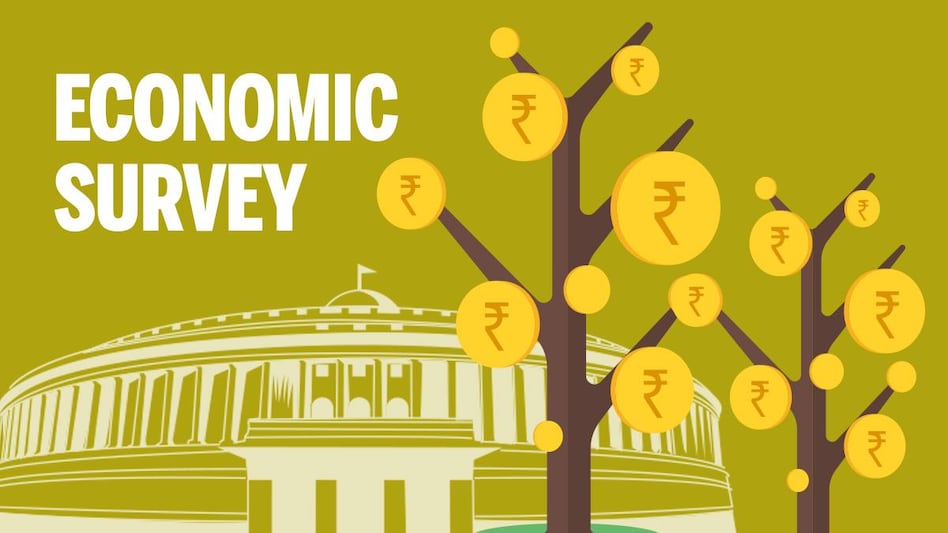
By Mohit Jain | mohitjain.8829@gmail.com |
Anyone having an undisclosed bank account abroad will now have to pay tax and a penalty on the sum of deposits made since opening the account, according to the rules notified for implementation of a one-time compliance window under the Black Money (Undisclosed Foreign Income and Assets) and Imposition of Tax Act, 2015.
The rules also prescribe valuation norms for bullion and jewellery (including precious stones), immovable property, archaeological collections and paintings, shares (both listed and unlisted), as well as bank accounts.
The compliance window gives the account holder an opportunity to declare undisclosed assets abroad by September 30 and a further three months to pay the tax and penalty. The rate of tax will be 30 per cent, with an equal amount payable as penalty, [as per Notification no. 57/2015, dated 1st July, 2015]
Once the window closes, the rate of tax will remain at 30 per cent but the penalty will be three times the tax — or 90 per cent — besides possible criminal prosecution and jail term.
These rules may be called the Black Money (Undisclosed Foreign Income and Assets) and Imposition of Tax Rules, 2015. The rules notified under Notification No. 58/2015, dated 2nd July, 2015 provide for the way foreign income and assets would be valued for calculation of tax and penalty both for the compliance period and beyond its expiry.
According to the Rule the Value of Black money will be valued as per Rule 3 of the Black Money (Undisclosed Foreign Income and Assets) and Imposition of Tax Rules, 2015. [Hereinafter referred as the Black Money Rule]
As per Rule 3 “Fair Market Value”
Table 1 “Fair Market Value of Assets
| S. No. | Assets | Considerable Value | Remarks |
| 1 | Value of bullion, jewellery or precious stone | 1. Cost of acquisition, or 2. The price that the asset shall ordinarily fetch if sold in the open market on the valuation date. Whichever is Higher | The assessee may obtain a report from a valuer recognized by the Government of a country or specified territory outside India or any of its agencies for the purpose of said asset’s selling value on value on the valuation date |
| 2. | Archaeological collections, drawings, paintings, sculptures or any work of art | 1. Cost of acquisition, or 2. The price that the asset shall ordinarily fetch if sold in the open market on the valuation date. Whichever is Higher | The assessee may obtain a report from a valuer recognized by the Government of a country or specified territory outside India or any of its agencies for the purpose of said asset’s selling value on value on the valuation date |
| 3. | Shares and securities | Refer Table 2 “Fair Market Value of Shares & Securities | |
| 4. | Immovable property | 3. Cost of acquisition, or 4. The price that the asset shall ordinarily fetch if sold in the open market on the valuation date. Whichever is Higher | The assessee may obtain a report from a valuer recognized by the Government of a country or specified territory outside India or any of its agencies for the purpose of said asset’s selling value on value on the valuation date |
| 5. | Bank Account | 1. The sum of all the deposits made in the account with the bank since the date of opening of the account, |
Table 2 “Fair Market Value of Shares & Securities
| S. No. | Kind of Share | Valuation | Remarks |
| 1 | Quoted Share & Securities | 1. Cost of Acquisition, or 2. Average of the lowestand highest price of such shares and securities quoted on any established securities market on the valuation date Whichever is higher | If, on the valuation date there is no trading in such shares and securities on any established securities market, average price would be calculated on the date immediately preceding the valuation date. |
| 2 | Unquoted Share & Securities | 1. Cost of Acquisition, or 2. Value on the Valuation date as per formula (A+B-L) * PV P.E. Whichever is Higher | “A” is book value of Assets (other than bullion, jewellery, precious stone, artistic work, shares, securities and immovable property) reduced by 1. Income tax refund, if any 2. Unamortized Deferred Expenditure “B” fair market value of bullion, jewellery, precious stone, artistic work, shares, securities and immovable property as determined in the manner provided in this rule “L” book value of liabilities, except, Paid-up capital, Dividend, Reserves & surplus, Provisions, Contingent Liability, “P.E” Total amount of Paid up share capital “P.V” Paid up value of equity share |
| 3. | Unquoted share and security other than equity share | 1. Cost of acquisition, or 2. The price that the asset shall ordinarily fetch if sold in the open market on the valuation date. Whichever is Higher | The assessee may obtain a report from a valuer recognized by the Government of a country or specified territory outside India or any of its agencies for the purpose of said shares’s selling value on value on the valuation date |
Related Tags Blackmoney, Incometax, MohitJain













